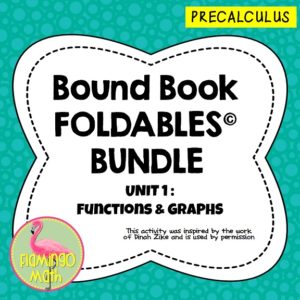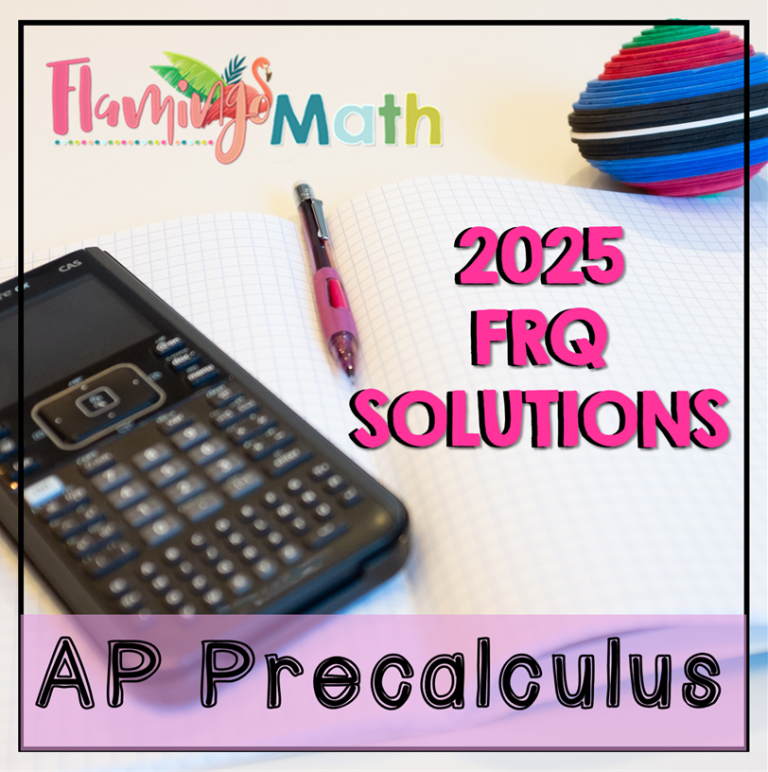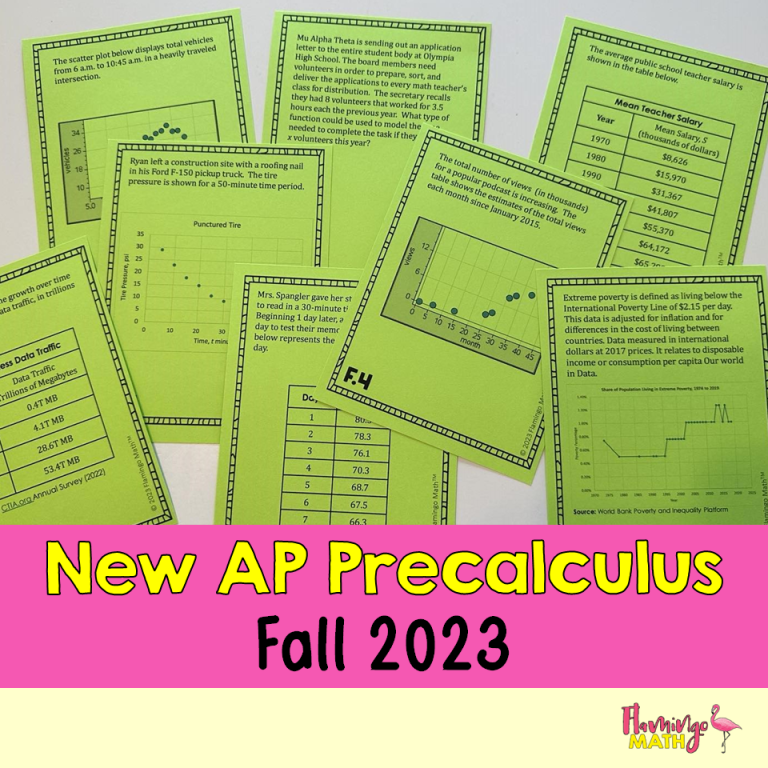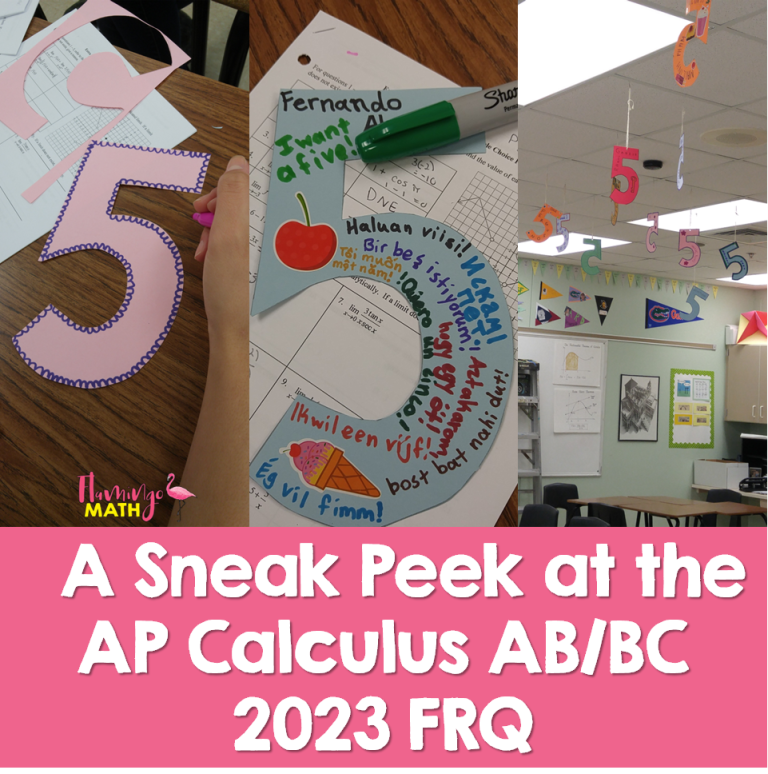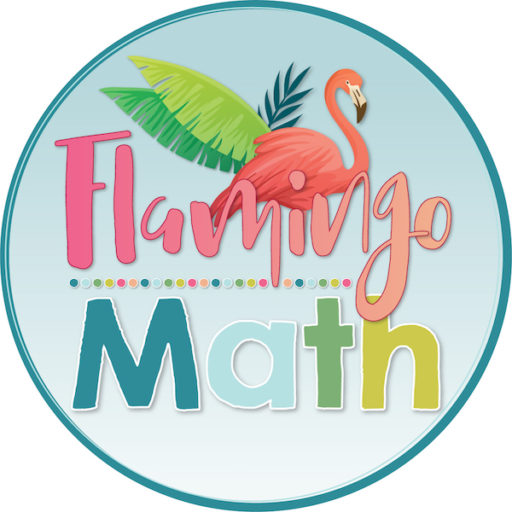
Note-taking is a skill that requires maturity. Students should be developmentally ready to become independent note-takers by 10th or 11th grade. But who teaches them how to take effective notes? It is not an intuitive skill. To be an effective note taker, students must be able to interact with what has been written.
Many students comment they don’t know where to begin. When new content and concepts are being introduced, do our students have enough knowledge of the material to understand when a “Big Idea” is being presented? As I start to think about back to school and note-taking methods I searched available options from various teacher authors; four methods seem to stand out.
1. Interactive Student Notebooks and FoldablesTM
This is my personal preference. The first time I met Dinah Zike in 2001, I was sold. I was teaching three sections of Algebra 1A to sophomores that year. The very next day, I gave each student a sheet of blue copy paper. We folded, they had fun, and I was hooked! My students became active participants in the learning process that year. I found that placing the FoldablesTM into a composition book helped my lower ability students find ownership in their “creative math journal”. Now we call these Interactive Student Notebooks.
As the year progressed, students began to ask me, “How many new ideas are we learning today?” Then, they would shout out their favorite Foldable to make, based on the number of items/concepts/skills to be taught. I’ve never looked back! My former PreCalculus Honors students write letters from college to tell me how they still have their Interactive Notebook as a resource. Even AP Calculus students like to make Foldables, but mine prefer the guided notes method during our fast paced 50-minute class periods.
2. Guided Notes
“What are guided notes?” you say. They are simply instructor prepared handouts that place pertinent information, key concepts, facts, and relationships into a concise format for organized no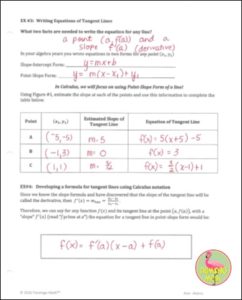 te-taking. The format often contains fill-in-the-blank or a partial outline to aid students. In a fast-paced, high stakes setting like Calculus, we can often get side-tracked during engaging discussions.
te-taking. The format often contains fill-in-the-blank or a partial outline to aid students. In a fast-paced, high stakes setting like Calculus, we can often get side-tracked during engaging discussions.
Guided notes help both student and teacher stay focused. Students will have a complete set of lecture notes from which to study. They are actively engaged and seem to ask more questions during instructional periods. Studies from Wichita State University (2008) showed that guided notes are best for basic recall while Cornell notes help students to synthesize and apply knowledge.
3. Cornell Notes
The Cornell Note Taking Method was developed in the 1950’s by Walter Pauk and is a required format for AVID® programs. Cornell notes are sometimes called two-column notes.
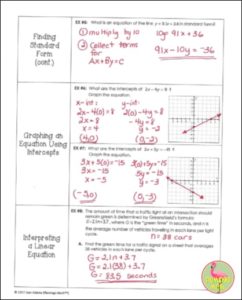
Note-taking is done on the right, while key words or concepts are written in a smaller column on the left. There is also a small summary section at the bottom of the page. Students are encouraged to revise their notes, write questions, and summarize within 24 hours of taking the initial notes. Students can use the left-column as a “flash card” to quiz themselves repeatedly and improve retention.
4. Doodle Notes or Sketch Notes
Visual note-taking has been around for several years. This unique “mind map” becomes a personal form of processing information, in real time, through images, symbols, and words that communicate ideas. It takes a little instruction with some deliberate practice to feel confident and capable, but the results are outstanding.
My friend Brigid from Math Giraffe has really embarked on creating amazing Doodle Notes for mathematics.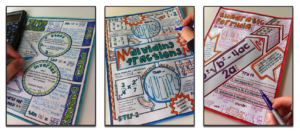 This format requires a combination of listening, visualizing, and thinking at the same time. It truly demands both hemispheres of the brain. Also, my friend Joan Kessler’s store has some great looking Comic Style Doodle Notes. Be sure to check out all your options.
This format requires a combination of listening, visualizing, and thinking at the same time. It truly demands both hemispheres of the brain. Also, my friend Joan Kessler’s store has some great looking Comic Style Doodle Notes. Be sure to check out all your options.
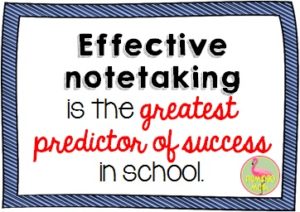
What method(s) will you incorporate this fall? Below are some links to a variety of note-taking products that you can use to train your students to become independent, efficient note-takers!
ENJOY!
[inlinkz_linkup id=728294 mode=1]
Get Your Free Math Resources Today
Join the Flamingo Math Flock to receive news, FREEBIES and updates!
Success! Now check your email to confirm your subscription. We are happy to have you join our Flamingo Math flock! Jean

